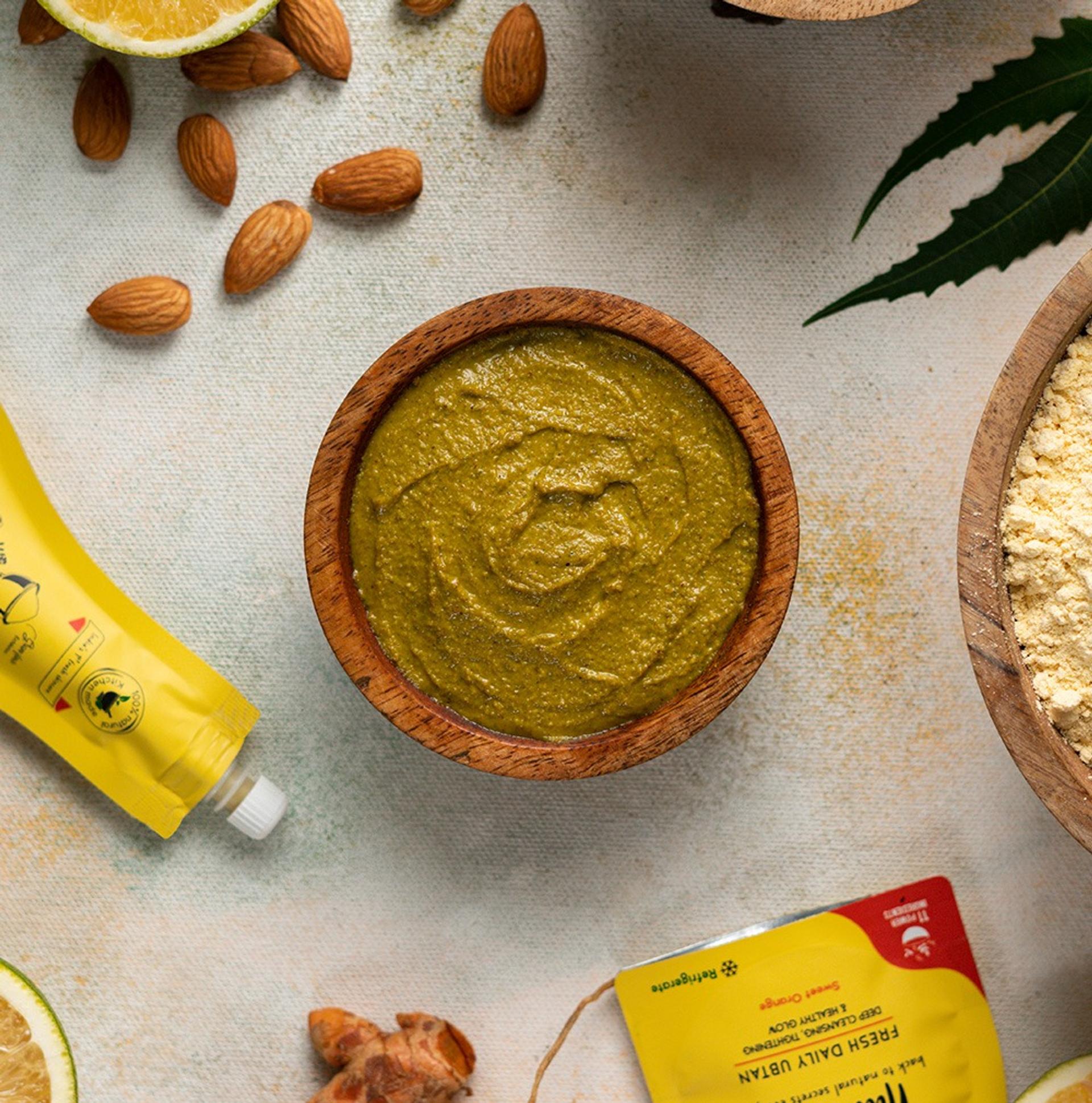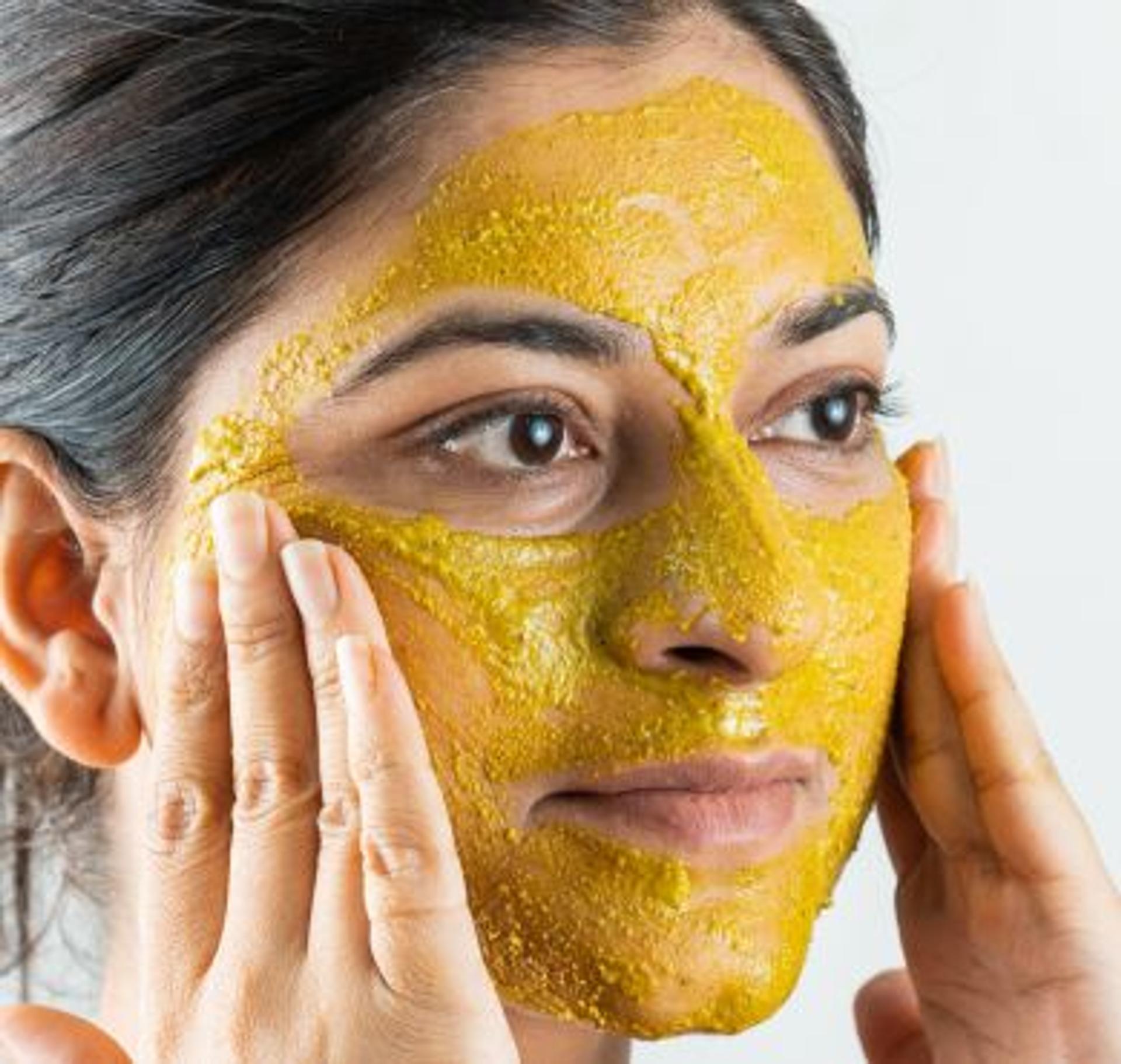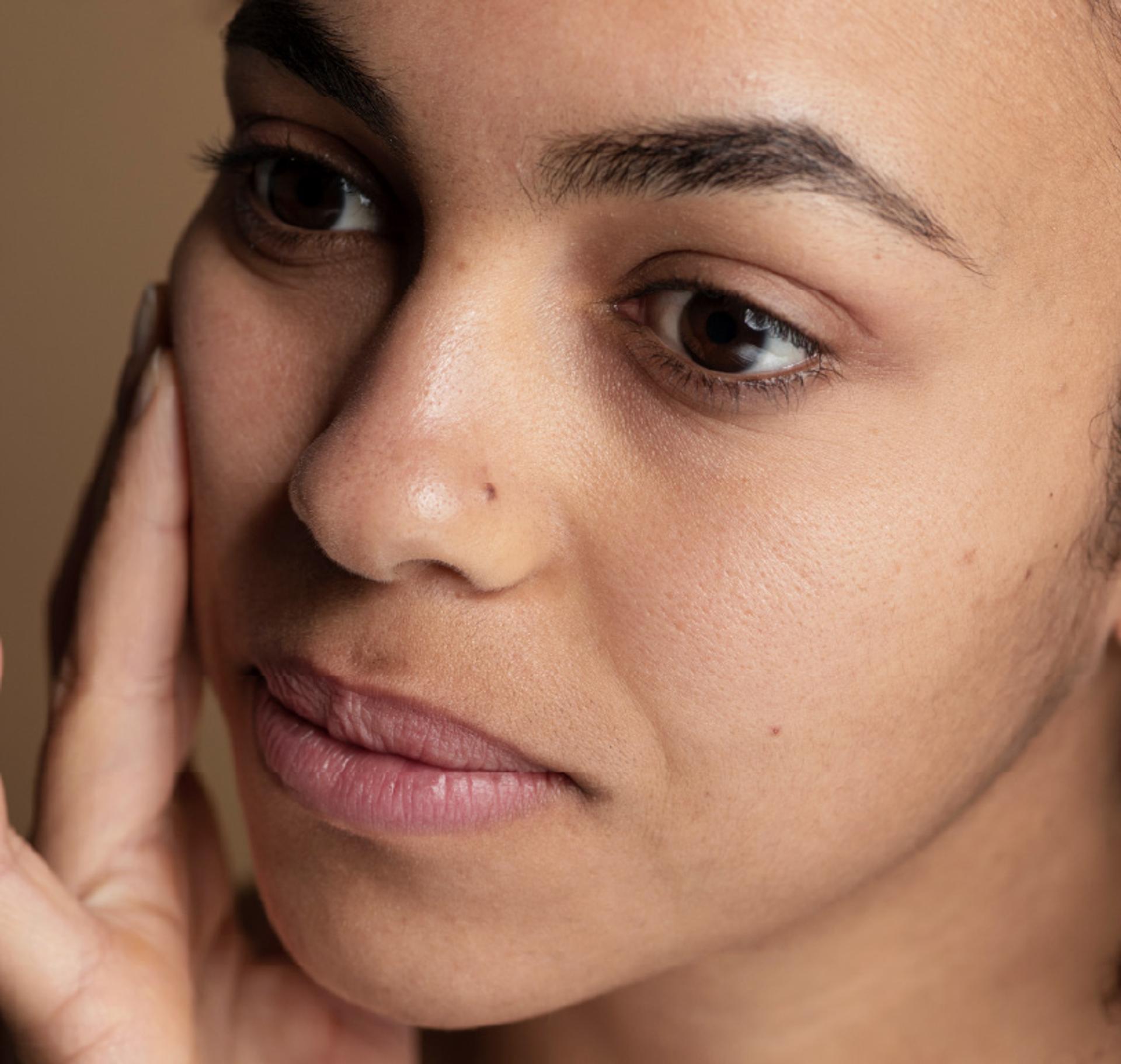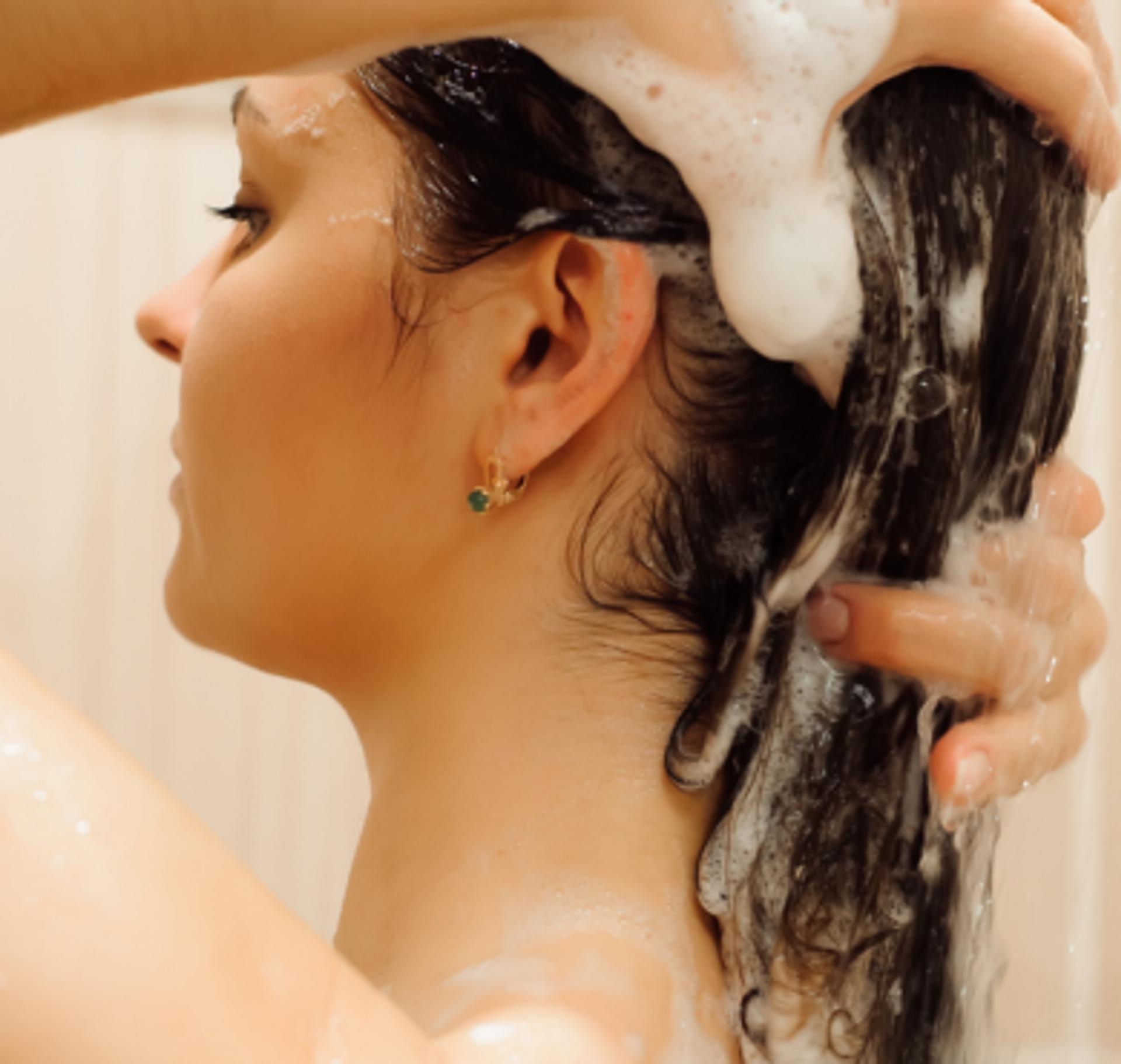
Hair Breakage, Split-Ends — It Might Be Shampoo Behind It All
By Nat Habit
Ever wonder why no matter how many fancy serums or treatments you use, those pesky split ends and stubborn hair breakage just won’t quit? It’s frustrating, right? But guess what? The sneaky culprit could be something as routine as your shampoo. Yeah, the very thing meant to cleanse hair might be secretly weakening it. Let’s talk about why—and how science explains this—so you can take better care of your strands.
Why Shampoo Is More Than Just Soap for Hair

We tend to think shampoo is just for cleaning the scalp and hair, washing away dirt, sweat, and excess oil. But shampoos are complex formulas designed to alter the scalp and hair surface chemistry temporarily. That’s where things can get tricky.
Your hair shaft is covered with a cuticle—think of it like a roof made of tiny overlapping tiles. When these tiles lie flat, hair looks shiny, smooth, and feels strong. But when the cuticle is damaged or raised, hair becomes rough, dull, and more prone to breakage and split ends.
The Science Behind Shampoo and Hair Damage

Here’s the scoop: many shampoos contain surfactants—cleansing agents—that are like tiny detergents. One of the most common ones is Sodium Lauryl Sulfate (SLS). SLS is great at cleaning because it lowers water’s surface tension and helps wash away oils and grime. But it’s also quite harsh. It doesn’t just remove dirt—it strips away your hair’s natural oils (sebum), which are essential for protecting and moisturizing your hair shaft.
Why does that matter? Without sebum, your cuticles dry out and lift, exposing the inner cortex of the hair to damage from friction, heat, and environmental aggressors. This weakened structure makes hair more vulnerable to breaking when you brush or style it.
The pH Factor
A Hidden Game-Changer
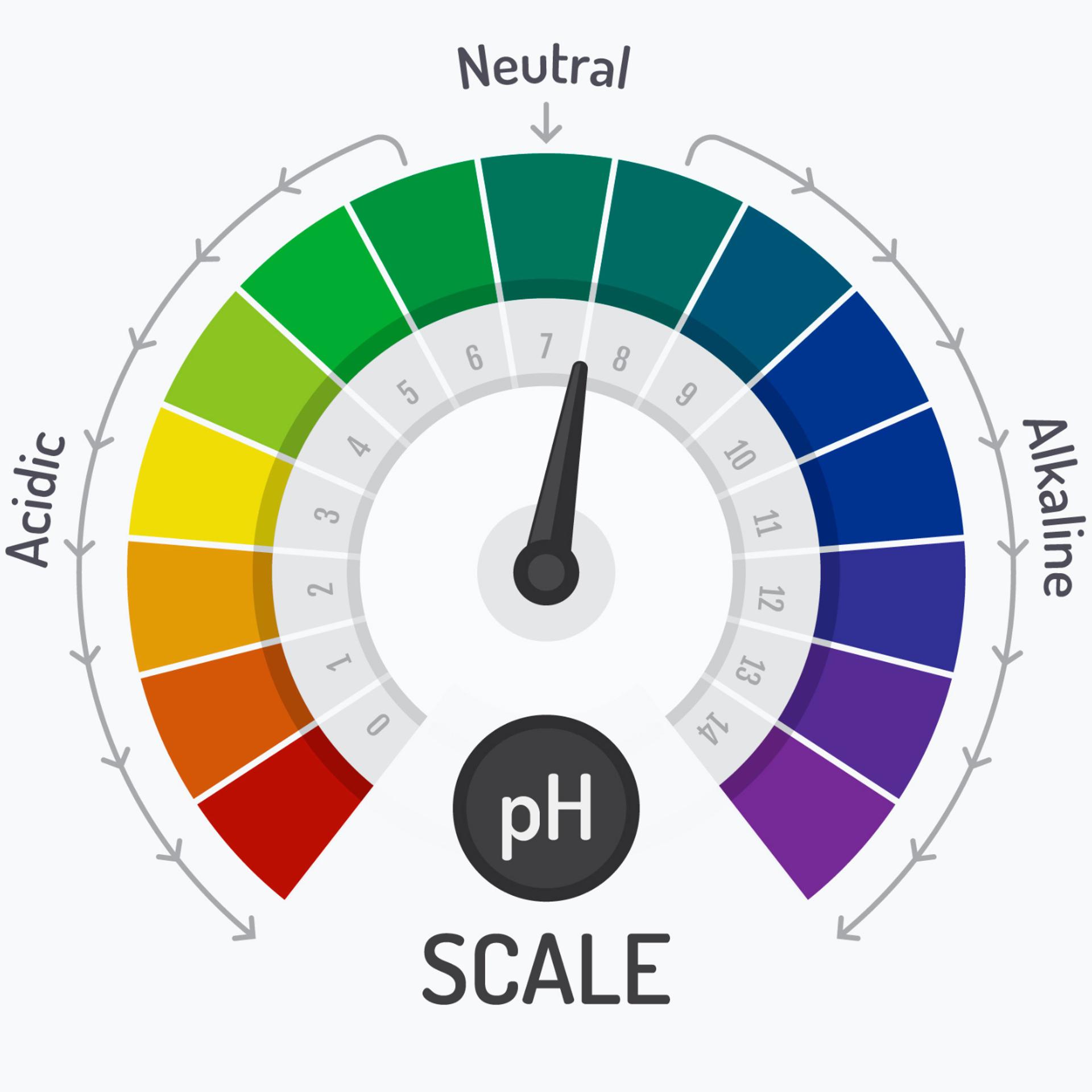
Ever heard about the pH of shampoo? The scalp and hair’s ideal pH range is slightly acidic—about 4.5 to 5.5. This acidity helps keep the cuticles tightly closed and maintains the scalp’s protective acid mantle, which prevents microbial infections and keeps your scalp healthy.
But many shampoos have a pH that’s too alkaline (above 7), which causes the cuticle to swell and lift. Think of it like opening the shingles on a roof during a storm—water (or in hair’s case, moisture) leaks out, and the hair shaft becomes brittle. This swelling and moisture loss increase friction between strands, causing tangles, breakage, and split ends.
Split Ends
The Visible Evidence of Cuticle Damage
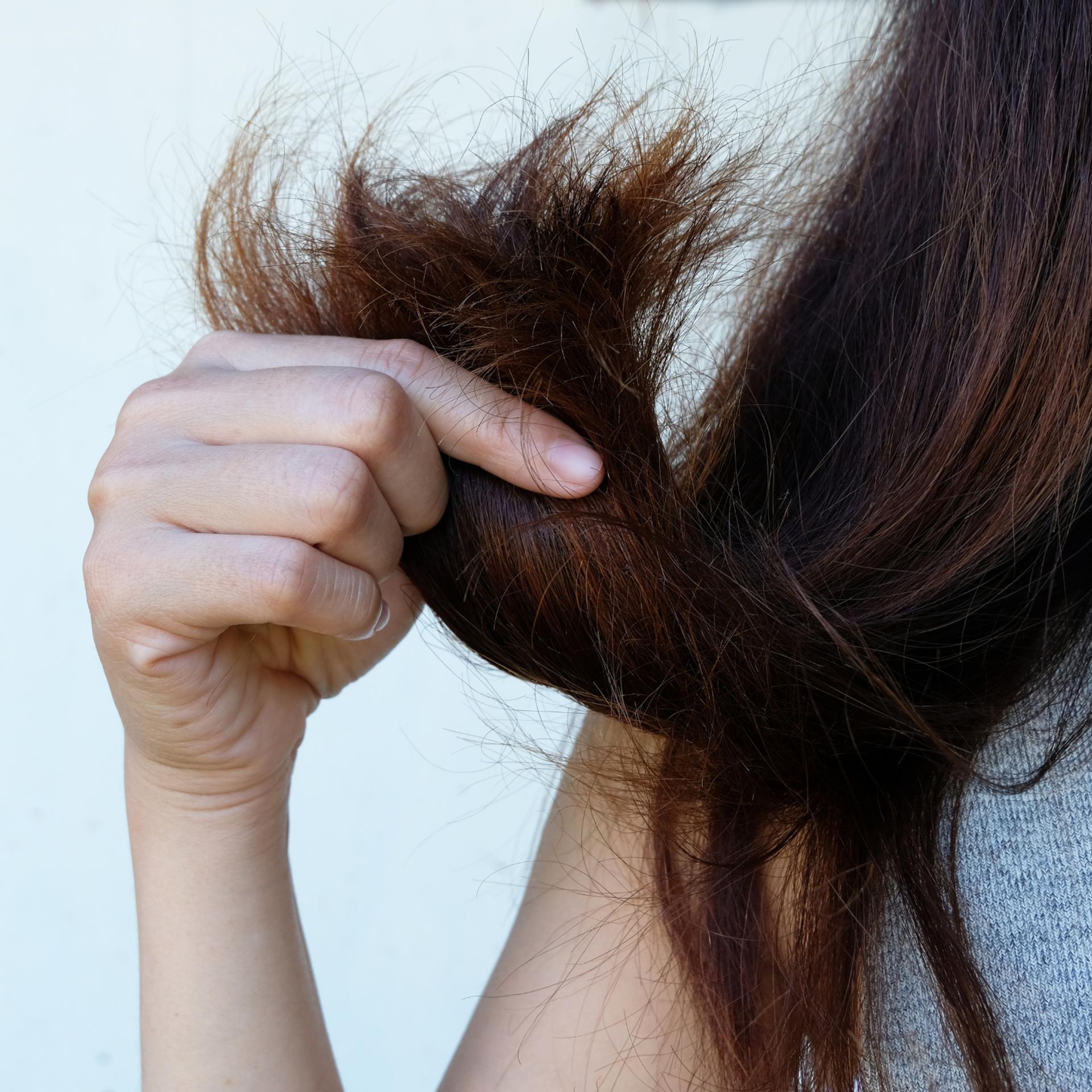
Split ends happen when the protective cuticle layer at the hair tip erodes due to mechanical stress—like brushing, heat styling, or chemical treatments. When shampoos disrupt the cuticle by raising the pH or stripping oils, your hair’s “roof” gets damaged faster.
Once the cuticle is compromised, the hair shaft splits into multiple strands, leading to that frayed, unhealthy look we all dread.
So, What’s the Fix? How to Choose & Use Shampoo Wisely

- 1. Go for pH-balanced shampoos: Pick formulas close to your scalp’s natural pH (4.5 to 5.5). They clean without disrupting the cuticle or scalp microbiome.
- 2. Avoid harsh sulfates: Look for sulfate-free shampoos or gentle surfactants like Coco Glucoside or Sodium Cocoyl Isethionate that cleanse without stripping.
- 3. Don’t overwash: Daily shampooing isn’t always necessary. Washing 2-3 times a week helps preserve natural oils that protect your strands.
- 4. Rinse well: Leftover shampoo residue can dry out hair and cause build-up that weakens strands.
- 5. Follow up with conditioner: Conditioners help smooth the cuticle, seal moisture, and reduce friction.
Real Talk
It’s How You Shampoo, Too
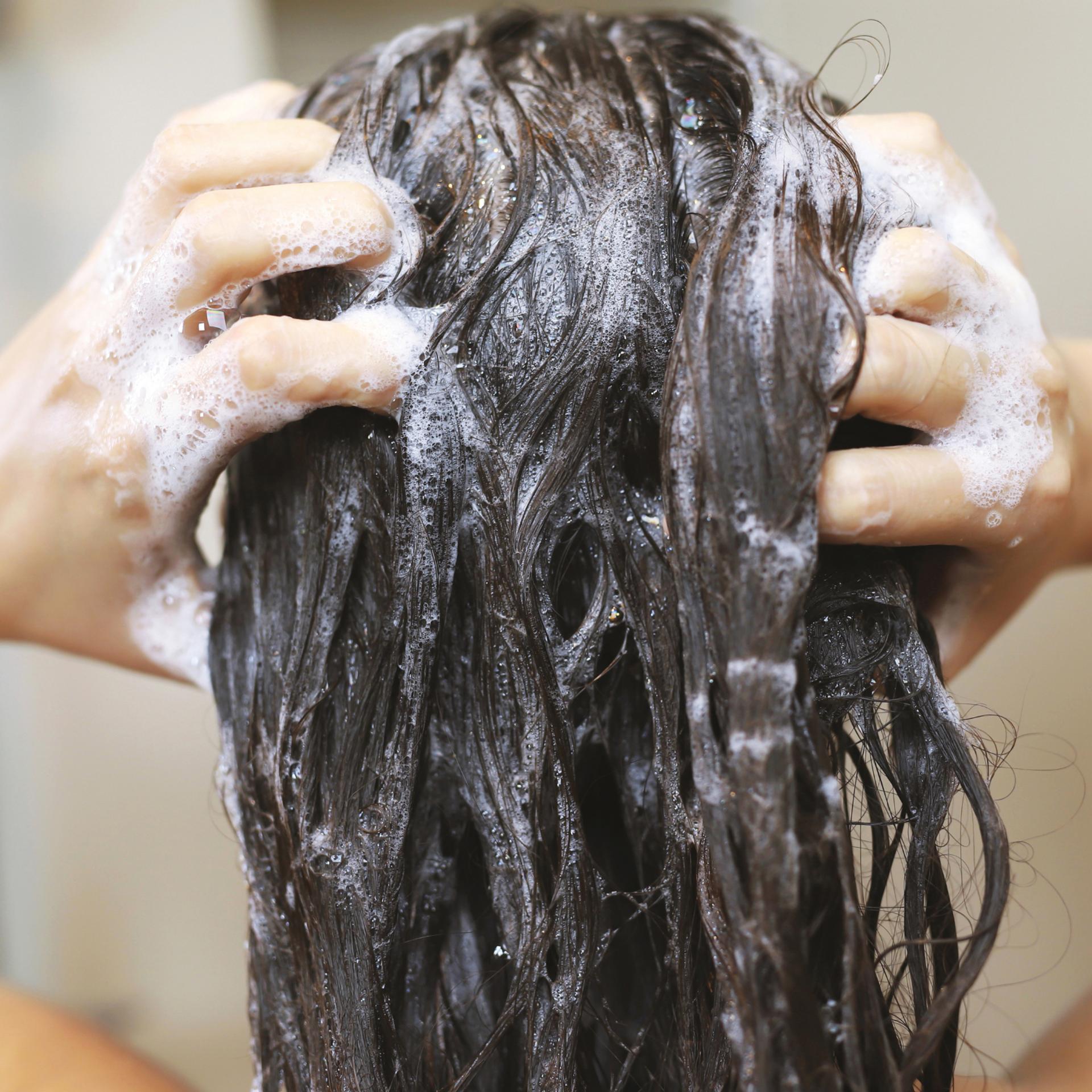
Your technique matters. Vigorous scrubbing or using nails can irritate your scalp and damage hair shafts. Use your fingertips to massage gently, stimulating circulation and distributing oils without aggression.
Final Thoughts
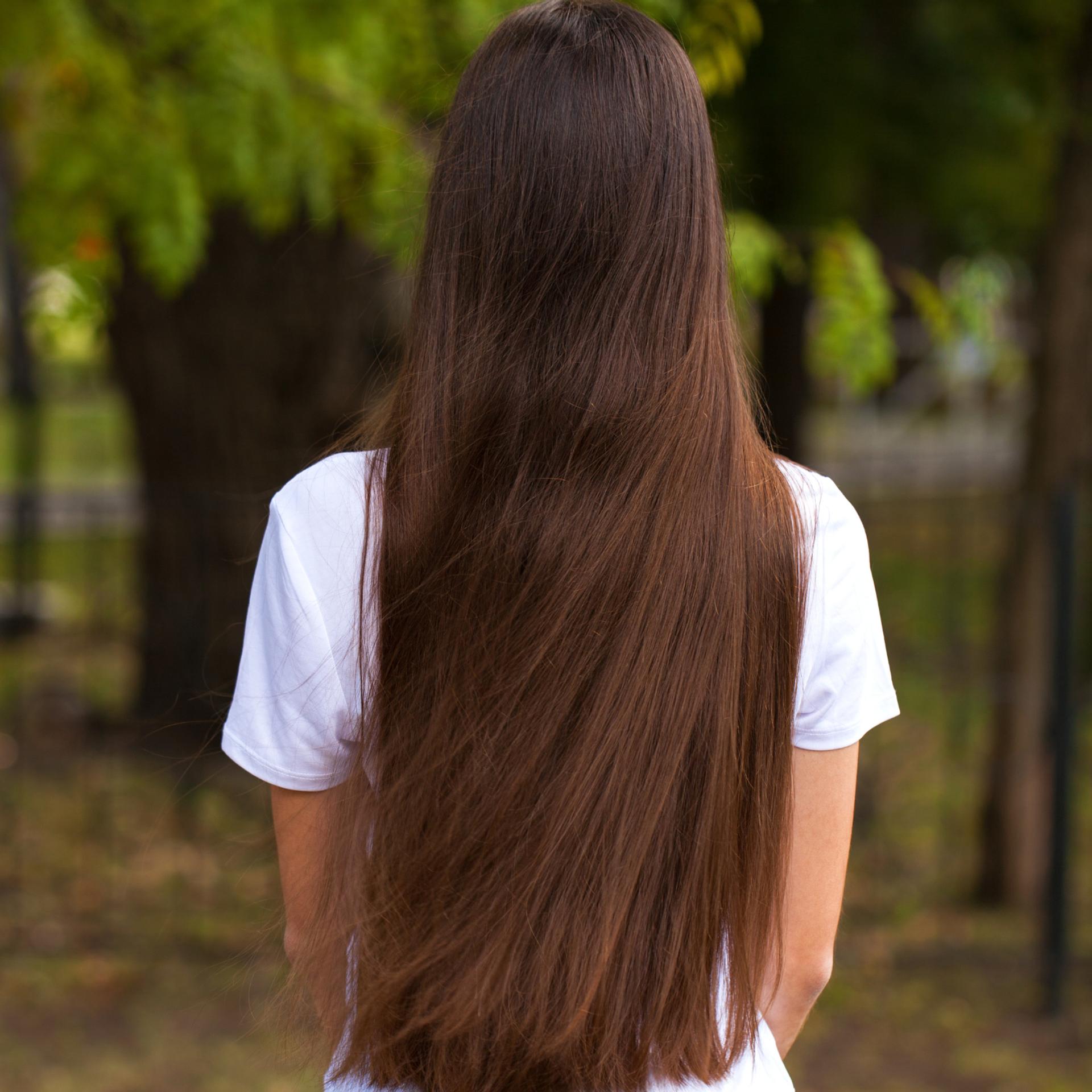
Your shampoo is your hair’s first line of defense—or its secret saboteur. Understanding the science behind your shampoo’s ingredients and pH can empower you to make smarter choices, reduce breakage, and keep split ends at bay. Your hair deserves that kind of love and care, don’t you think?
Learn more
